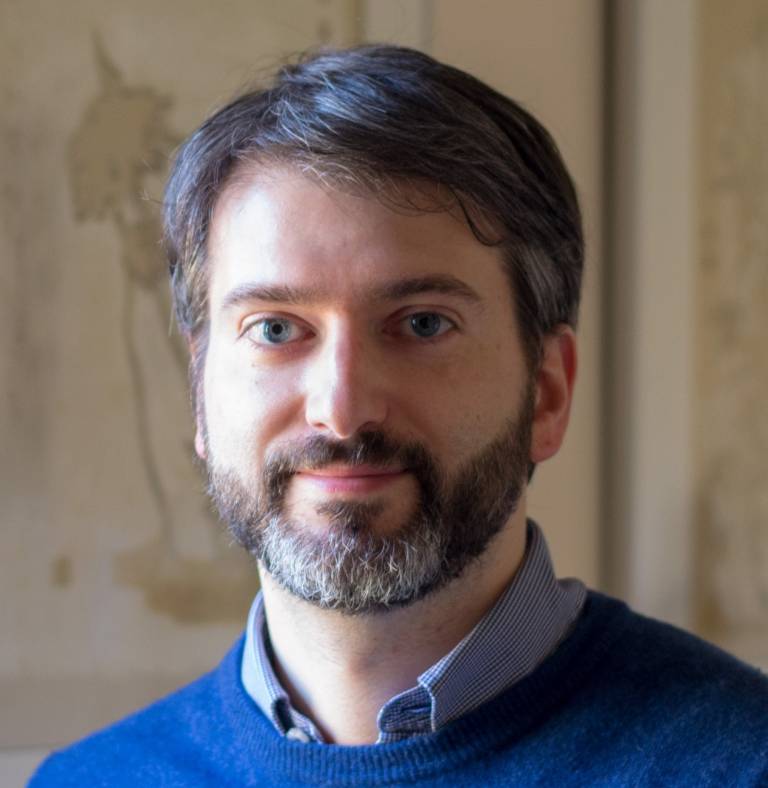Five Questions with Antonio Lombardo
22 April 2020
Antonio Lombardo recently joined EEE as a Lecturer in Nanostructures and Devices. We asked him a few questions to get to know him better.

What is your research and teaching focus?
My research is focussed on design, fabrication and testing of (nano)electronic devices based on two-dimensional materials such as graphene, boron nitride and transition metal dichalcogenides. I am particularly interested in stacking different 2D materials to form hybrid structures, called heterostructures, whose properties result from the interaction between the different layers and can be designed to achieve specific functionalities. Also, part of my research is focused in using 2D materials for sensing applications, in particular high frequency (RF and microwave) biosensing. In EEE, I will be teaching a module on electronic transport in nanosystems.
Tell us about your background and work experience
I have always been interested in translating science into technology to solve realistic problems and make a real impact in society. Moreover, engineering combines scientific rigour with creativity and design, which I find very fascinating.
I started my engineering studies in Palermo, Italy, where I received a “Laurea Magistralis” (equivalent to an Integrated Master’s Degree) in Microelectronic Engineering. I continued my postgraduate studies at University of Cambridge, where I completed my PhD. After a few years as a postdoctoral researcher, I became a university lecturer in Integrated Electronics of Graphene at Cambridge University and set up my own research group. During my time at Cambridge, I was the Director of the MRes in Graphene Technology (part of an EPSRC CDT programme) and Fellow and Director of Studies in Engineering at Wolfson College.
What are your interests beyond engineering?
My greatest passion is music.
I play the electric guitar and I am very keen to explore the links between music, physics and mathematics. I also practice the Japanese martial art called “Bujinkan Budō Taijutsu”, usually referred as “Ninjutsu”.
What’s the coolest thing you’re working on right now?
I am exploring the nanoscale interaction between electromagnetic waves propagating in two-dimensional (one atom-thick!) materials and biological objects, such as DNA, with the aim of demonstrating sensitive and selective sensors which make use of the RF and microwave technology that we find in every mobile phone.
What’s the last good book you read?
“The Jazz of Physics”, by Stephon Alexander
 Close
Close

